Stephen joined Local Projects in 2021, and has made a big impact on our studio through his thoughtful approach to a wide range of complex design challenges. He’s currently leading a diverse range of client projects for the Stonewall Visitor Center (pictured), the United Irish Cultural Center, IBM, the National Public Housing Museum, and the Sydney Jewish Museum.
Get to know Award-winning Artist, Designer, and LP Creative Director Stephen Baker
Meet renowned designer and Creative Director Stephen Baker!
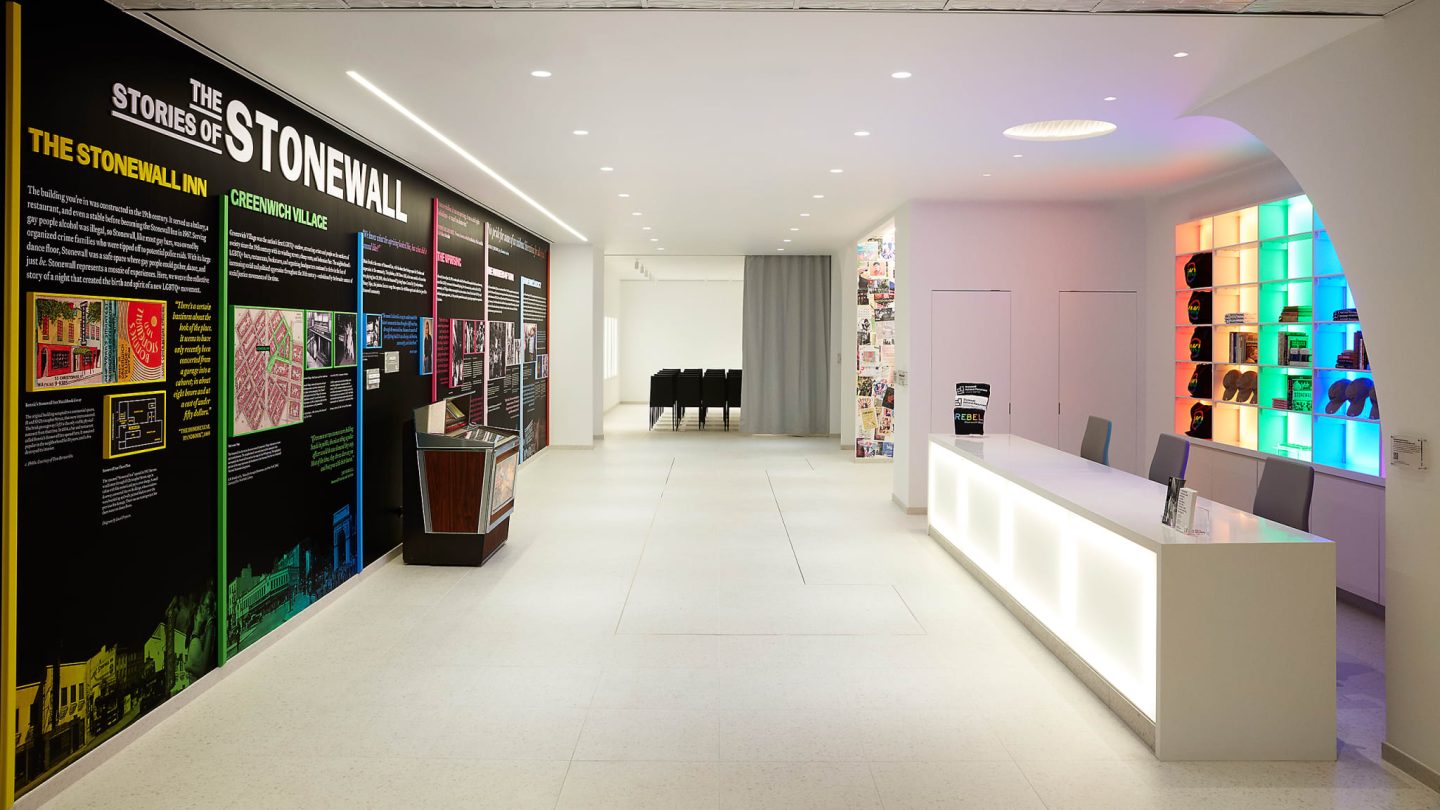

Stephen is hardly new to the world of immersive experience design – his artwork has been shown at the MoMA, Whitney Museum of American Art, the New Museum in New York.
His large scale, software-driven experiences have appeared everywhere from the San Francisco Symphony to IBM’s headquarters, to future-focused retail shops in New York, Tokyo, Shanghai, and Singapore for Nike, SK-II and others.
Stephen is laser-focused on how experiences can respond to visitors with dynamic narrative and emerging technology.
“Local Projects’ experiences have a key role in placemaking, providing sensorial experiences that evoke memories and emotions, and impart information,” says Stephen.
“We strive to produce work that can listen and engage to those who encounter it, no matter the time of day, in crowded or nearly empty spaces.”
Stephen’s work has already garnered many fans inside the studio, including Chief Creative Officer Jake Barton: “Stephen understands how important it is for our studio to constantly look for new opportunities to reinvent how our work interacts with the public, and he has the experience and innate dynamism to do so.”
Here’s a little more from Stephen, including his fascinating early work in music and sound installations that inspired a career at the intersection of space and sensorial magic.
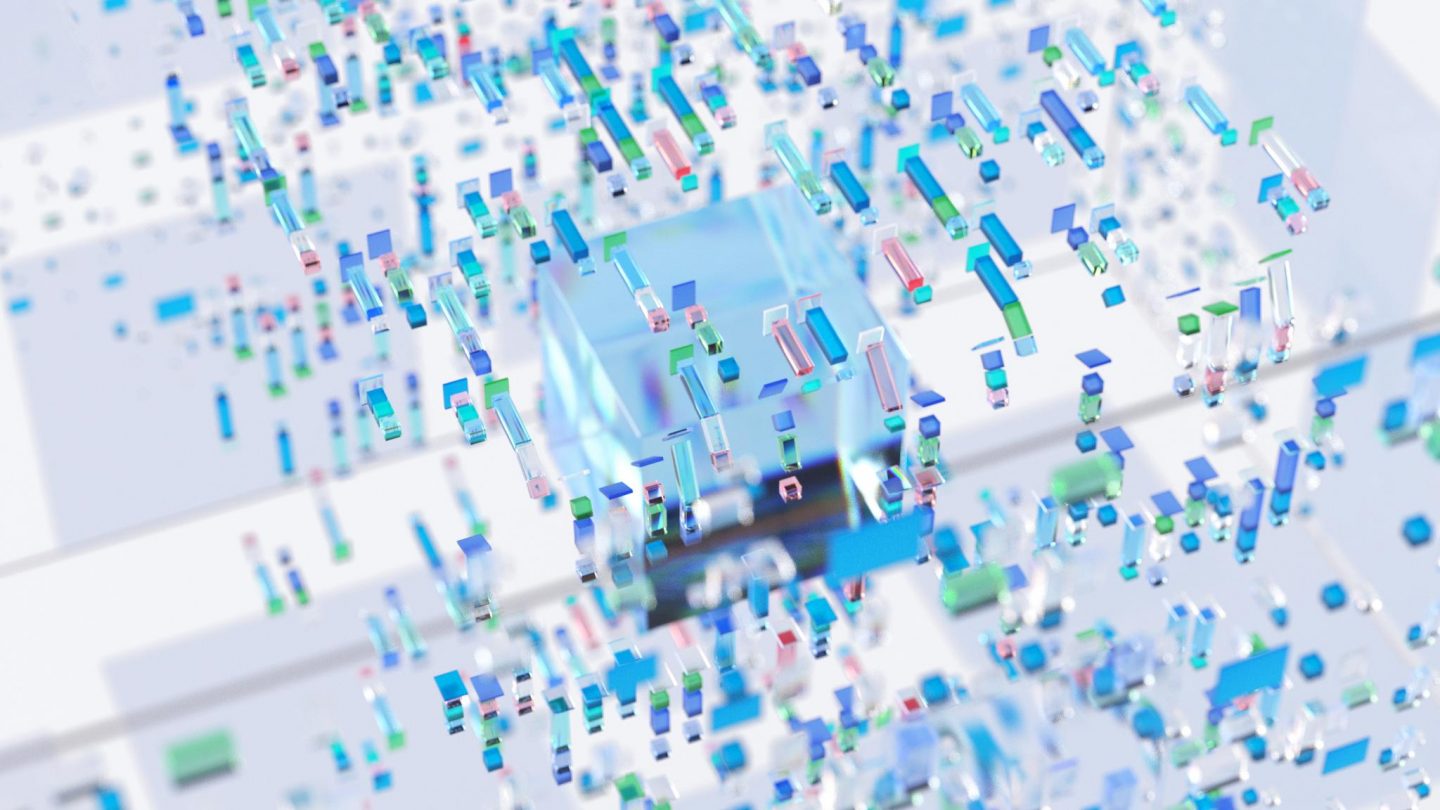
“Local Projects’ experiences have a key role in placemaking, providing sensorial experiences that evoke memories and emotions, and impart information. We strive to produce work that can listen and engage to those who encounter it, no matter the time of day, in crowded or nearly empty spaces.” – Stephen Baker
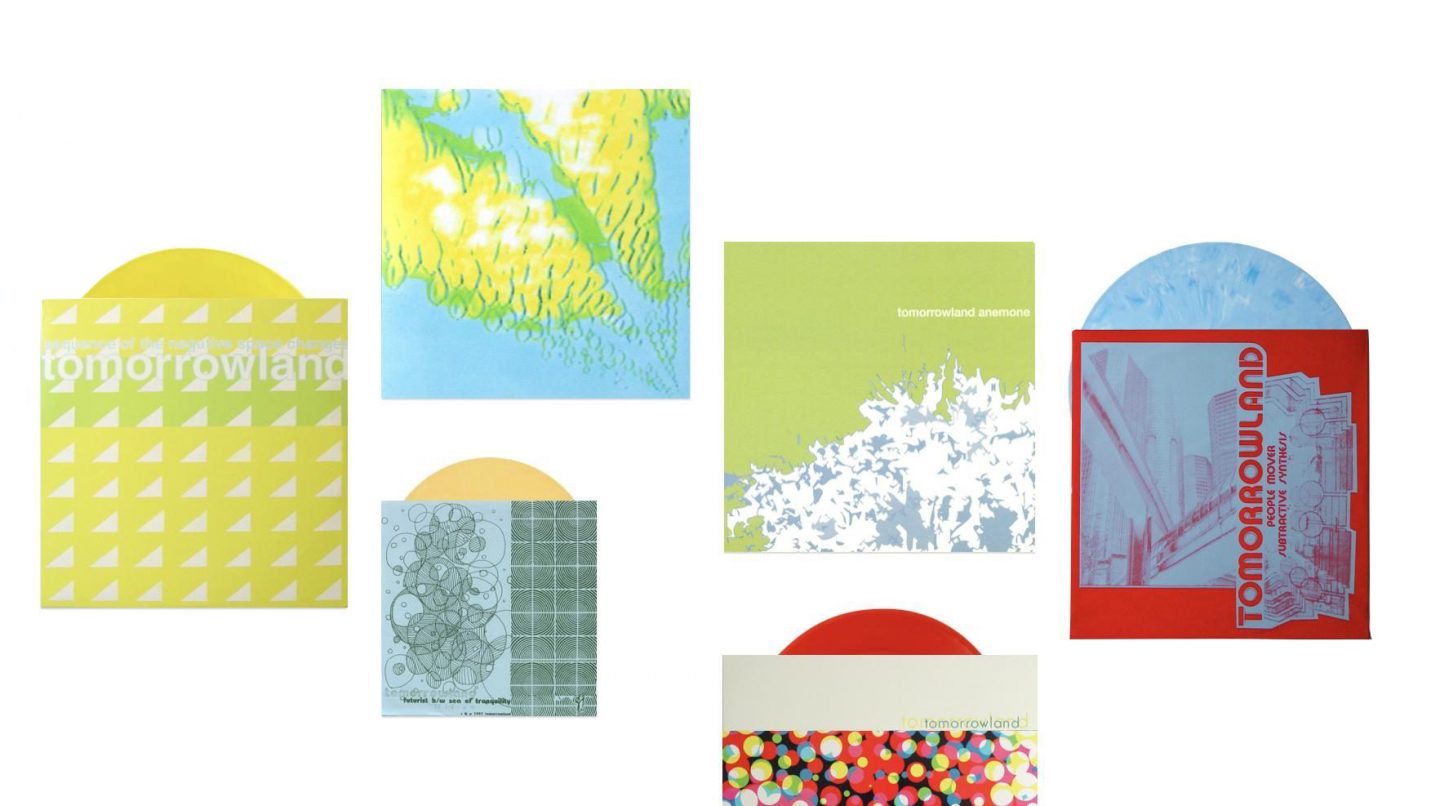
Your undergraduate career was pretty formative in shaping your career. What early work and inspirations got you started?
I was making a lot of music with instruments I could get my hands on — guitars with echoes and reverbs, tape machines, synthesizers, and drum machines. I was doing a lot of recording and composing of music, and releasing them on LPs and 7” records.
During this time, I saw a performance by the Sun Ra Arkestra, where the members of the large band walked in and around the audience while playing their horns and drums, continually adjusting the mix of the instruments for everyone. I liked the idea of being inside of a song — to be closer to the sounds, and create opportunities to experience them in new ways. I became interested in an installation being a performance without live performers, and to create an artwork and a happening in a specific location in time.
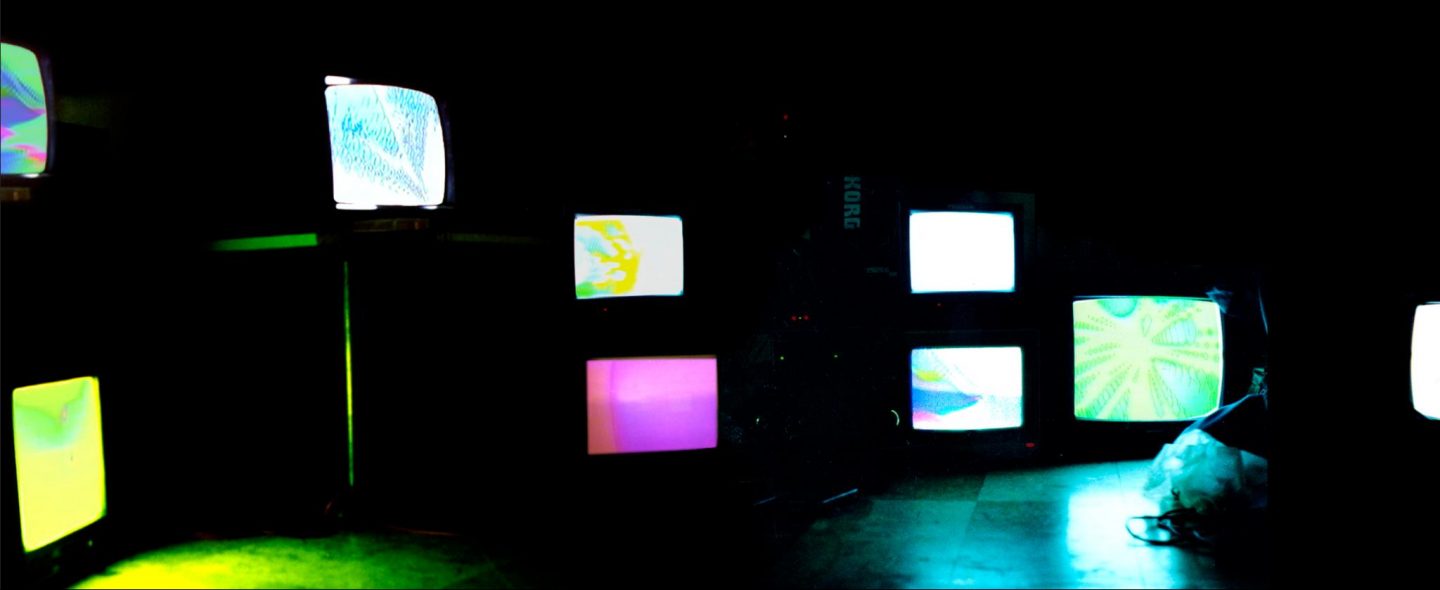
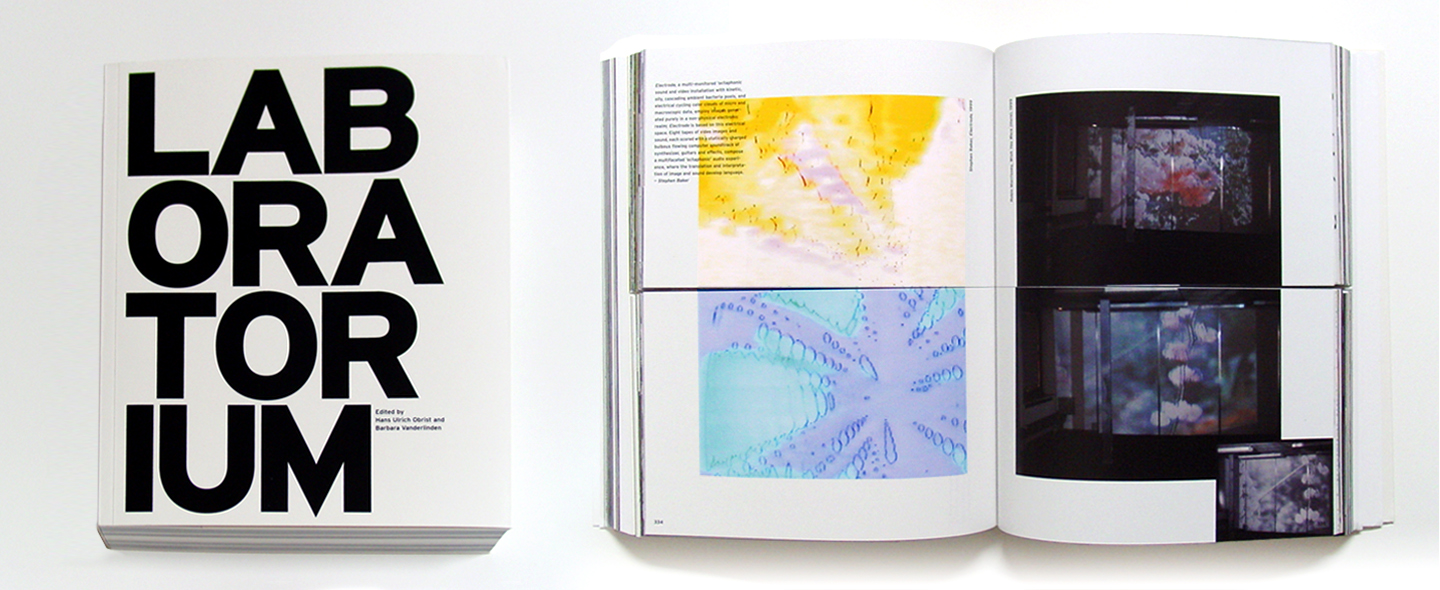
You benefitted from some opportunities in the Art World early on. How did that transpire?
I had taken several courses on conceptual art at the University of Michigan with Joseph Grigely, who was actively exhibiting artwork on language and conversation. He invited me to participate in a large group show in Antwerp around new modes of communication with the sound installations I had been developing. In this show were Frank Gehry, Rem Koolhaas, Carsten Höller, and others. The process of developing and exhibiting installations was really transformative for me, and still informs my work today.
My installation, Electrode, in its early days, was ad hoc with VHS and audio tape loops, with televisions and speakers arranged around the room. The visual elements were colorful feedback, generated in part by the individual components of the music. The musical components of the song were distributed outwards to allow you to walk into and around the music.
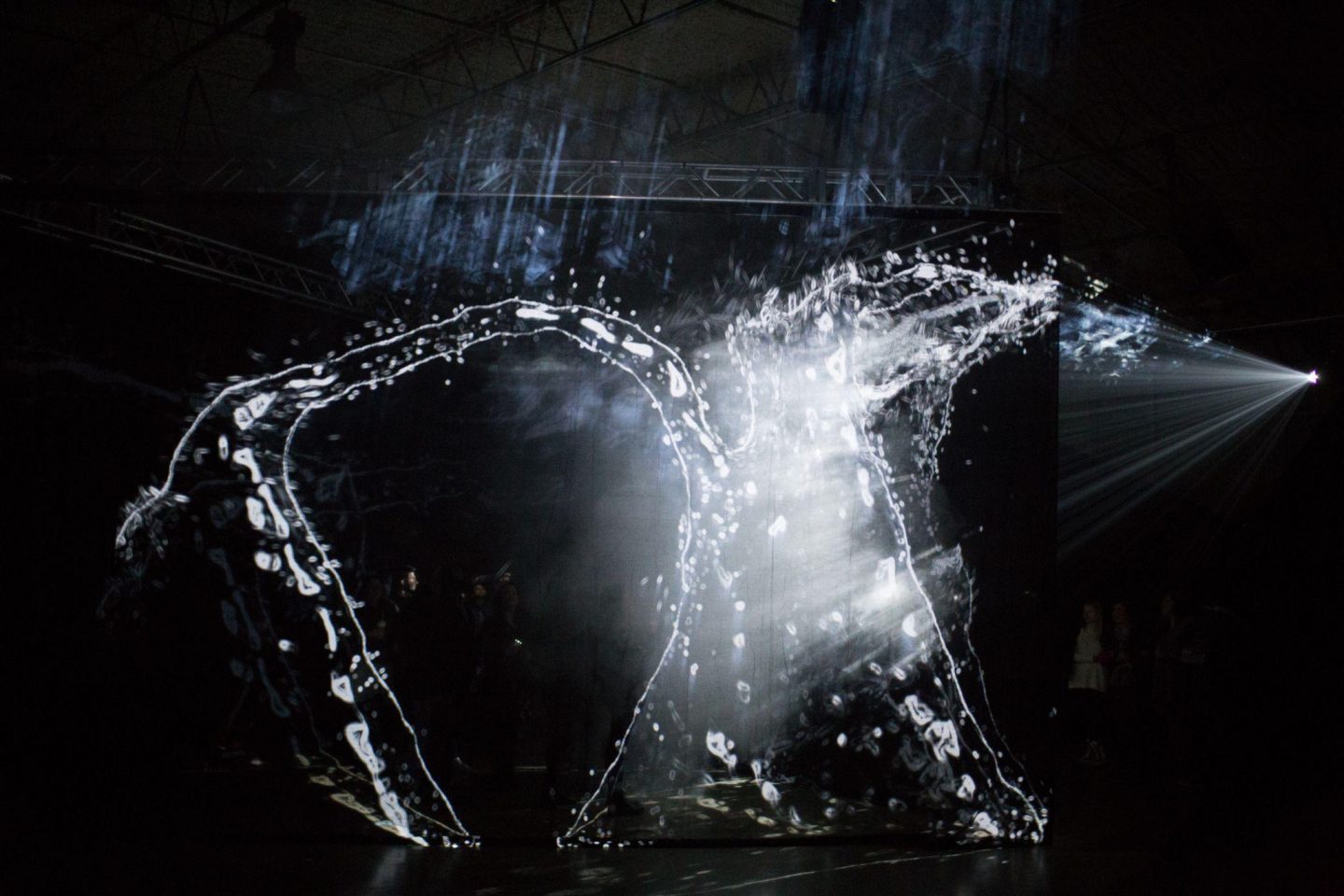
Can you tell us about a favorite project you worked on before joining LP?
In 2015, I had the opportunity to work on an art commission entitled Lull for the Day for Night music & art festival in Houston, Texas which combined visual and musical artists. This was their inaugural festival with an incredible lineup, including Kendrick Lamar, New Order, and Philip Glass.
For the piece, we wanted to capture the moment your brain shifts modes. There is this momentary synchronization of brain activity, and we wanted to draw that out and recreate the experience in a large warehouse in between the two main festival stages. The visualizations were projected on scrim and fog, and the soundtrack was a 9 channel soundtrack that played out across the three day festival, lulling listeners into their own state of synchronicity.
The piece taught me a lot about balancing a fairly lightweight installation for maximum impact, and focusing on the intersection of a few core details of an experience.
How did the move to NYC influence your work?
I wanted to move to New York, and around the time I was planning this, I met an artist, Golan Levin, who was creating interactive audio visual performances with synthesizers he coded in C++. He had come out of MIT and was teaching conceptual design and code based classes at Parsons. I was really interested in the idea of working with interaction beyond the time based media I’d been working in, and I moved to New York to study with him. There, in my first couple of years, was a burgeoning scene in visual coding in frameworks like Processing and OpenFrameworks that really influenced my approach to design.
My work post grad school was in advanced UX for web, emerging mobile, and museum exhibitions. Developing physical and digital spaces was far more interesting from a possibilities stand-point than being locked into a screen format. The opportunities were much more interesting as we moved away from screens and into larger spaces that have a lot more dimension to them.

What brought you to Local Projects?
The entire team at Local Projects brought me here after I had been working with the studio on select projects for about a year. I’m really excited about the possibilities when all facets of design are available to solve any given problem, and find the most interesting solutions tend to pop up when elements such as architecture, visual design, dynamic input, and narrative all come together in focus.
Add anything else we should know about you?
I grew up in both Ontario and Michigan, and now lived in New York for twenty years — I’m proud to be raising two young daughters in Brooklyn, who are very opinionated about everything, as city kids should be.
If you’re curious about Stephen’s work or interested in working with him on a new project, please reach out to info@localprojects.com.


